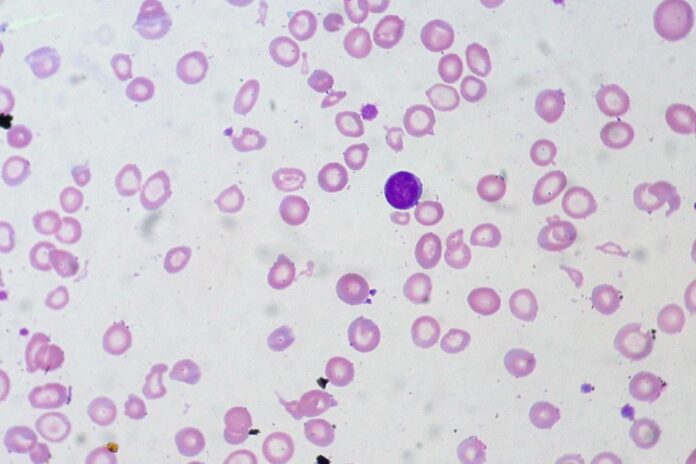
Low iron deficiency is a prevalent condition that affects millions of people worldwide. Understanding the signs and symptoms of low iron deficiency is essential for early detection and treatment of this condition. In this article, we will explore the common signs and symptoms of low iron deficiency, the causes, and how it can be diagnosed and treated.
Iron deficiency occurs when the body doesn’t have enough iron to produce hemoglobin, a protein in red blood cells that enables them to carry oxygen to the body’s tissues. It is more common in women, especially those who are pregnant or have heavy menstrual periods, and in people with poor diets or underlying health conditions.
The signs and symptoms of low iron deficiency can vary from person to person and may not be noticeable at first, making it essential to be aware of the common indicators. Here are the most common signs and symptoms of low iron deficiency:
1. Fatigue and Weakness: Feeling tired and weak is one of the most common symptoms of low iron deficiency. This is because iron is essential for the production of hemoglobin, which carries oxygen to the body’s tissues. When there isn’t enough iron in the body, it can lead to a lack of oxygen, resulting in fatigue and weakness.
2. Pale Skin: Low iron levels can cause a reduction in red blood cells, leading to pale or sallow skin. This is because hemoglobin gives blood its red color, and a lack of hemoglobin can make the skin look pale.
3. Shortness of Breath: Since iron is needed to carry oxygen to the body’s tissues, low iron levels can result in shortness of breath, especially during physical activity. This is because the body’s tissues are not getting enough oxygen, causing the person to feel out of breath.
4. Dizziness and lightheadedness: Low iron levels can lead to dizziness and lightheadedness, especially when getting up from a sitting or lying position. This is because not enough oxygen is being delivered to the brain.
5. Hair Loss: Low iron levels can lead to hair loss, as the body prioritizes the distribution of iron to essential organs, which can result in decreased hair growth and thinning.
6. Brittle Nails: Iron deficiency can cause brittle and spoon-shaped nails, known as koilonychia. This is a common symptom of low iron levels and can indicate a need for iron supplementation.
7. Cold Hands and Feet: Poor circulation due to low iron levels can cause a feeling of coldness in the hands and feet, even in warm temperatures.
8. Headaches: Iron deficiency can lead to headaches and an inability to concentrate, as the brain is not receiving enough oxygen due to low iron levels.
9. Unusual cravings: People with low iron levels may have cravings for non-nutritive substances, such as ice, dirt, or starch. This condition is known as pica and can indicate iron deficiency.
If you are experiencing any of these symptoms, it’s essential to consult with a healthcare professional for a proper diagnosis. A blood test can determine your iron levels and help identify any underlying causes of low iron deficiency.
There are several causes of low iron deficiency, including inadequate dietary intake of iron, chronic blood loss (such as from menstruation or gastrointestinal bleeding), pregnancy, and certain health conditions that affect iron absorption. It’s essential to identify the cause of low iron deficiency to determine the appropriate course of treatment.
Once diagnosed, there are several treatment options for low iron deficiency. Iron supplementation is the most common treatment, with iron tablets or liquid iron supplements prescribed to increase iron levels. It’s essential to follow your healthcare professional’s advice when taking iron supplements, as they can have side effects and interactions with other medications.
In addition to iron supplementation, dietary changes can also help increase iron levels. Foods high in iron include red meat, poultry, fish, beans, lentils, spinach, and fortified cereals. Consuming vitamin C-rich foods can also enhance iron absorption, so it’s essential to include fruits and vegetables in your diet.
In some cases, underlying health conditions may contribute to low iron deficiency, such as gastrointestinal disorders or heavy menstrual bleeding. Treating the underlying cause can help improve iron levels and prevent further deficiencies.
In conclusion, understanding the signs and symptoms of low iron deficiency is crucial for early detection and treatment. If you are experiencing any of the common symptoms of low iron deficiency, it’s essential to consult with a healthcare professional for a proper diagnosis. With the right treatment and dietary changes, low iron deficiency can be effectively managed, improving overall health and well-being.












